The relentless pursuit of scientific truth often leads us back to the foundations of our understanding, where we must confront the universe's most perplexing behaviors. One such cornerstone is Einstein's theory of relativity, which has once again been thrust into the spotlight following a groundbreaking atomic clock experiment conducted in space. This latest validation of time dilation—a phenomenon where time itself stretches or contracts depending on velocity and gravitational influence—has sent ripples through the physics community, reinforcing a century-old idea with fresh, irrefutable evidence.
At the heart of this revelation lies the meticulous work of an international team of researchers who launched ultra-precise atomic clocks aboard satellites to measure the subtle warping of time predicted by relativity. These clocks, far more accurate than any wristwatch, tick away with unwavering precision, governed by the vibrations of cesium or rubidium atoms. When placed in orbit, where gravitational pull weakens and speeds exceed those on Earth's surface, these clocks began to tell a story that diverged from their terrestrial counterparts. The difference was minuscule—mere nanoseconds over months—but it was there, and it was undeniable.
The implications of this experiment extend far beyond a simple confirmation of Einstein's genius. Time dilation is not some abstract mathematical quirk; it is a fundamental aspect of how our universe operates. GPS satellites, for instance, must account for these relativistic effects to provide accurate positioning data to your smartphone. Without correcting for the slight time drift caused by their orbital velocity and distance from Earth's gravity, navigation systems would accumulate errors of several kilometers within hours. This new experiment, however, pushes the boundaries even further, refining our measurements to unprecedented levels and opening doors to deeper questions about spacetime itself.
What makes this verification particularly compelling is the technological marvel behind it. The atomic clocks used in the experiment represent the pinnacle of human ingenuity, capable of detecting time differences so small they defy everyday intuition. To achieve this, scientists had to isolate the clocks from external disturbances—temperature fluctuations, cosmic radiation, even the faint pressure of sunlight—all of which could mask the delicate signal of time dilation. The result is a triumph not just of theoretical physics, but of engineering and perseverance.
Yet, as with all profound discoveries, this one raises as many questions as it answers. If time can stretch like taffy under extreme conditions, what does that mean for our understanding of causality? Could there be regions of the universe where time flows backward, or not at all? While these questions remain speculative, the atomic clock experiment provides a tangible foundation for exploring them. It reminds us that relativity is not a closed book but a living framework, continually tested and expanded by new evidence.
The broader cultural impact of this achievement should not be overlooked. In an era where scientific consensus is often questioned, the ability to verify a theory as counterintuitive as relativity—with such precision—serves as a powerful testament to the scientific method. It underscores the importance of empirical evidence over intuition, of patience over haste. For students and aspiring physicists, this experiment offers a thrilling reminder that the universe still holds mysteries waiting to be uncovered, and that even the most established ideas can be probed anew with fresh tools and perspectives.
Looking ahead, researchers are already planning even more ambitious tests of relativity. Future missions may place atomic clocks on the Moon or in deeper space, where gravitational fields and velocities differ radically from those near Earth. Each new experiment promises to refine our grasp of time's malleability, potentially uncovering deviations from Einstein's predictions that could hint at new physics. For now, though, the atomic clock experiment stands as a quiet but resounding victory—one that echoes across the decades from Einstein's desk to the vast expanse of space, where time itself bends to the universe's hidden rules.

By Olivia Reed/Apr 14, 2025
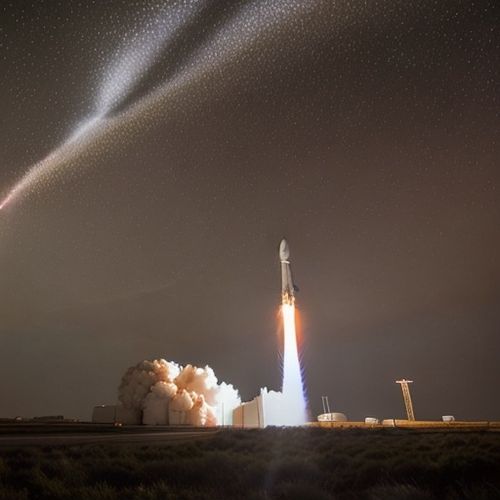
By Sophia Lewis/Apr 14, 2025
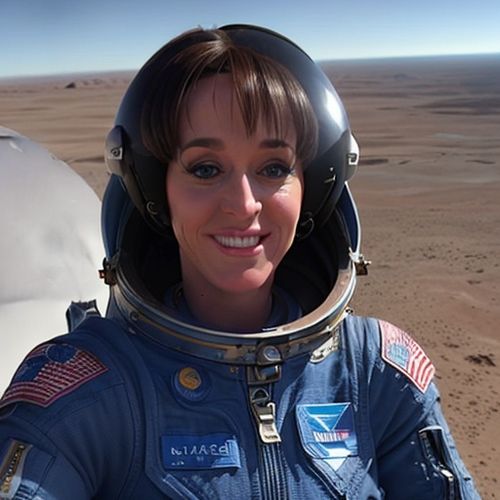
By Noah Bell/Apr 14, 2025

By Eric Ward/Apr 14, 2025
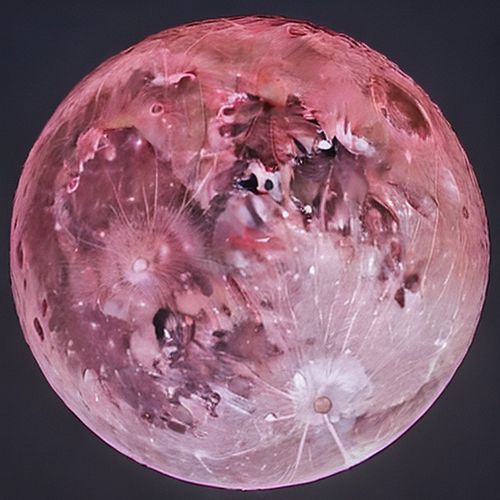
By Sophia Lewis/Apr 14, 2025

By Sarah Davis/Apr 14, 2025
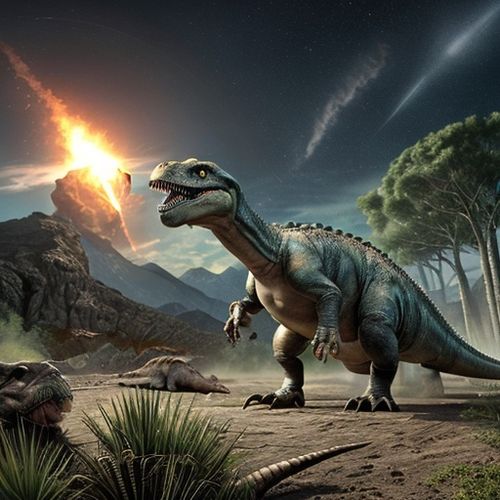
By William Miller/Apr 14, 2025

By James Moore/Apr 14, 2025
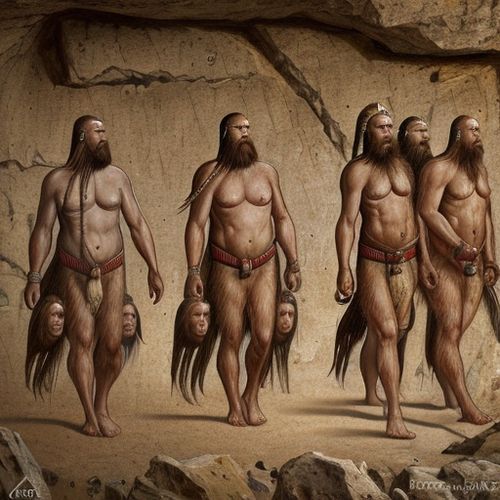
By Eric Ward/Apr 14, 2025
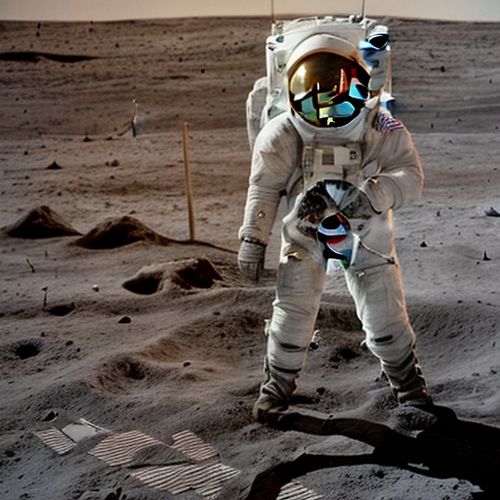
By Grace Cox/Apr 14, 2025

By Rebecca Stewart/Apr 10, 2025
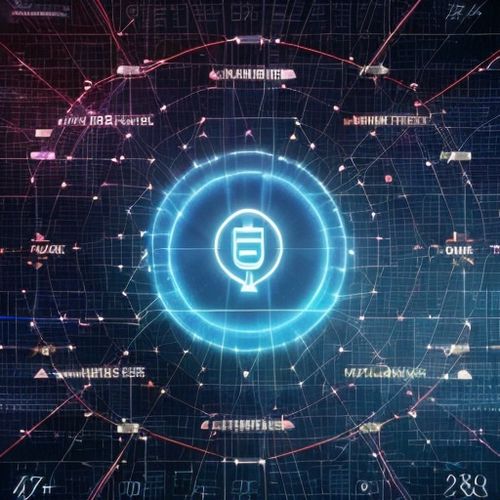
By Grace Cox/Apr 10, 2025
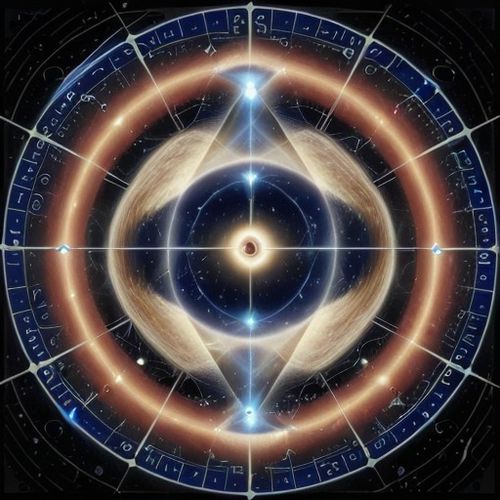
By Thomas Roberts/Apr 10, 2025

By James Moore/Apr 10, 2025
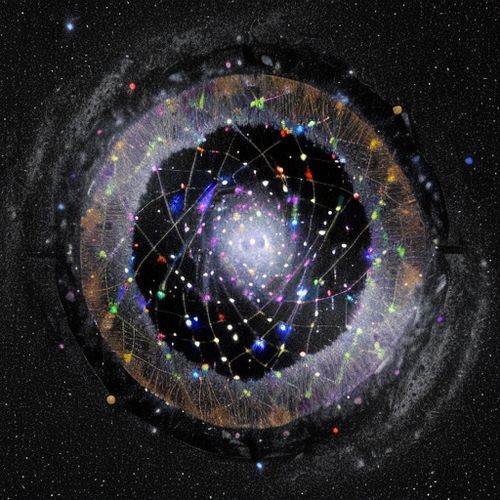
By Laura Wilson/Apr 10, 2025
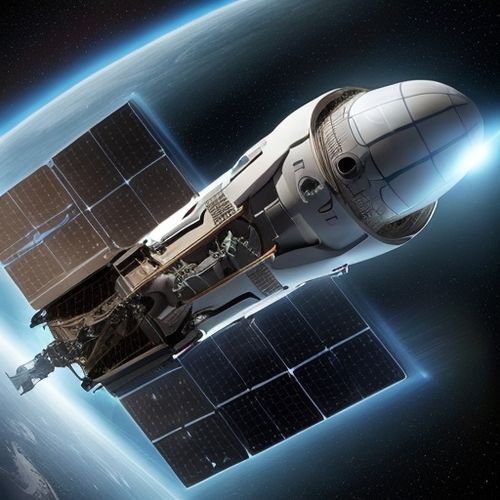
By John Smith/Apr 10, 2025
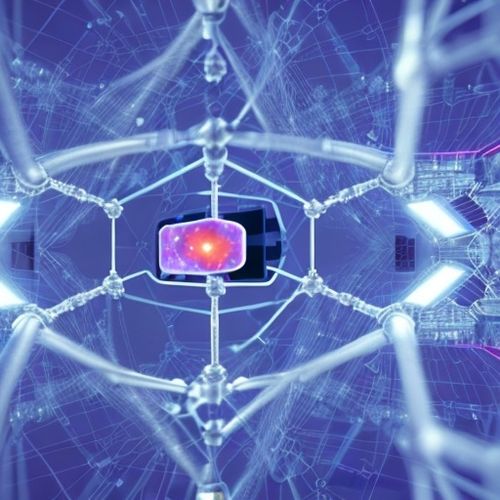
By James Moore/Apr 10, 2025

By Olivia Reed/Apr 10, 2025
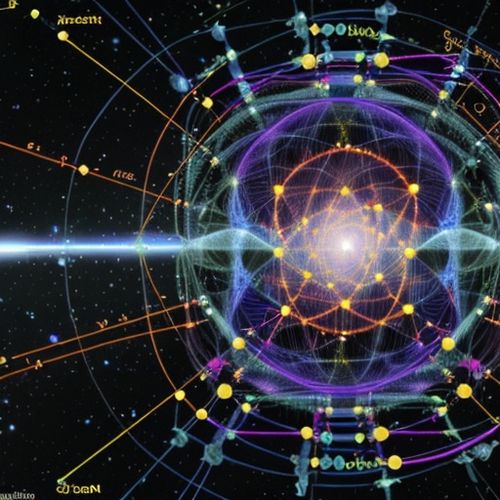
By Eric Ward/Apr 10, 2025